From Monica: This week on VoxPop, we’re feeling nostalgic for the ultimate palace of capitalism— the mall. Because even if you don’t like shopping, the sheer quantity of things geographically centered meant that you probably bought clothes, or read comics, or listened to CDs, or saw a movie, or had a haircut, or took a baby portrait, or fixed a tire, or ate at any number of upscale chain restaurants notorious for their free bread baskets….at the mall. Especially if you grew up somewhere with the type of weather where you just needed to get out of the gosh darn house and the outdoors wasn’t the most inviting option. And the thing about malls is there’s just so much variety. There’s the “indoor amusement park/basement aquarium/Rainforest Cafe” via Mall of America. There’s the mall full of faaaaancy designer stores and security guards and PF Chang’s and a Cheesecake Factory that you drive a little further to visit for special events. There’s the dying mall with one holdout Barnes and Noble and a hodgepodge of local churches and skate parks that try and fill the empty spaces. The outlet mall of “deals,” despite it now being common knowledge that the majority of outlet goods are produced specifically for the discount market. And we want to talk about all of them, because as much as e-commerce seems to have shifted our buying practices, there’s still something irreplaceable about the mall—all of the malls.
The mall is a site of our physical autonomy, set free from our parents, but also the chance to play adult through our participation in unsupervised capitalism, able to decide our tastes and values as we decide what to spend our money on. There’s something almost ritualistic about the mall that I think we will always crave. I still plan a haircut and a trip to Barnes and Noble for a new book for my birthday every year. On my days off, I regularly go to the mall the same way I go to museums or the botanical gardens or the zoo— as just another cultural site to observe and to learn. The same way that museums are changing the ways that they curate collections, malls are also changing to reflect culture. Hollister installed lightbulbs and doesn’t look like a beach hut anymore. But I’d also like to theorize that the problem with malls is the same problem with museums— that they still largely cater to a bourgeois upper-middle class audience, rather than figuring out how to incorporate the philosophy that public spaces are meant to be for everyone. Why else is it that the truly dying malls are the ones that catered to less expensive stores?
As a fashion historian and as a costumer, I feel my very existence is defined by my being at the mall. My very first jobs were at Aeropostale, Hollister, Michael Kors, and Saks Fifth Avenue, all of which feel like distinct tiers of upper-middle class Americana; the fascination with SoCal fashion and lifestyle branding, the experiential storefront, the affordable luxury handbag boom, and the department store. I know that I picked these establishments specifically because I valued their aspirational qualities, in which I could only afford to participate in their narratives with an employee discount. But they didn’t just allow me to look upper-middle class, they also changed the way I behaved. I learned to do unimaginably limber things in the stock room in flip flops and 4” heels when I had only ever worn one pair of sneakers. My mother didn’t wear makeup, so I obtained the skills from my strict company dress codes and my coworkers who gave me their Sephora samples. My unofficial undergrad minor was learning an entire visual language of fashion designers and muses and brand aesthetics and histories. In grad school, before I finally settled on X-Men comics as my MA thesis, I spent about a year thinking I should take up a more “serious” topic and worked on assembling a history of Abercrombie & Fitch. I completed a publication about every time Janet Van Dyne, The Wasp, said she was heading to shop at a luxury department store over her sixty year publication history. And I spent six months on Inventing Anna putting together shipping and insurance manifests of designer assets purchased on Rodeo Drive, gaining the carnival sideshow skill of being able to price anything without looking at the tag. I have absolutely become a willing participant in “the system” in ways I never intended. But I also know I’m not alone because the thing about capitalism is that we’re all a little unconsciously guilty of holding up social norms that hold huge historical precedent.
What exactly do I mean? If you’ll allow me to share some of the Abercrombie & Fitch history that didn’t make it into the documentary about racism but probably should have, I want to emphasize that its origins as a camping outfitters were historically always marketed as an upper middle class pastime. Abercrombie & Fitch’s first catalog quoted Rudyard Kipling, acknowledging a customer who is not only familiar, but in agreement with Kipling’s imperialist ideology. The Abercrombie & Fitch catalog published its own instruction manuals, “an experienced guide, always in attendance, informed customers of the most efficient ways to bank a fire and make it give heat without smoke…the clerks were not professional salesmen; they were outdoorsmen, experts in their fields and dedicated to the education of the public. Talking was their pleasure. Selling was an incidental chore performed only at the customer’s insistence.” Ergo, camping was not so much about the actual activity, but about the upper class practice of posturing, speaking to others from a position of authority. The Abercrombie & Fitch sportsman is rather specifically a man with the privilege of an education. He has not had to learn by experience or necessity, but through leisure reading.
Camping exploded in trend with the invention of the automobile, an also iconically upper middle class purchase. In a 1923 Abercrombie & Fitch advertisement for a four person “Complete Auto Camping Outfit” that fits a tent, air mattresses, sleeping blankets, table, stools, stove, and cookware into seven bags and weighs only 173lbs, it was accompanied by a narrative in which the patriarch complains that before the ability to camp, they would drive their car out of town only to stop for dinner and realize the restaurant’s good food had been “manhandled by a foreign-born chef,” check into a local hotel without entertainment, and return home “tired out to the office for another week’s grind.” Yikes.
The A&F Quarterly magazine published in the early 2000s follows a similar structure to the company’s original catalogs, with advice columns, instruction manuals, and literary references accompanying their catalog inventory. In the 2003 “Back to School” issue, Rudyard Kipling’s ideology has been replaced with Slavoj Zizek, a pop culture theorist. They’re frankly, incredibly pornographic. The true purpose of the text is for a select group of readers to feel exclusive— the sort of students whose parents are able to afford a theoretical liberal arts education without concern for postgraduate employment. CEO Mike Jeffries’ 90s remodel of the stores into the “essence of privilege” (his words), resembled an affluent upstate New York hunting lodge. Experts in discussions of sporting leisure were replaced by campus recruiters who employed members of fraternities and sororities. Greek life upheld the same socioeconomic privilege of the original client base, instead of needing the capital to afford camping gear, the social clubs still required expensive yearly dues. While their customer base would not have been able to live in the real-life versions of these homes, their ability to purchase a permanent piece of luxury to take home with them is the same marketing strategy that send upper-middle class Americans into the forests with their starter campsites, hoping to emulate former customer Teddy Roosevelt’s African safaris. We’re all guilty of purchasing things outside of our budget to feel a little more glamorous or we wouldn’t have an entire consumer narrative of “self care,” or items that look like knockoffs of more expensive things, which is just the entire fast fashion industry. The problem is that as malls die we don’t seem to be solving any of these problems, but rather exacerbating them. The socioeconomic gaps become more apparent rather than creating more inclusive spaces, but are there places where we can meet in the middle?
From Mav: We also want to talk a bit about mall culture and the death thereof. When I was a kid hanging out at the mall was literally a thing people. Did. Even once I was college aged, if I went to the mall to go shopping there’d be people there who were just there for fun. Arcades were a thing. Food courts were a thing. Some people were just wandering around just to do it. Like, you could go to the mall to try and pick up chicks (or dudes)! Hell, Kevin Smith made a whole damn movie about it! Being a mallrat wasn’t derogative. It was just … basically being a teenager. Like Monica said, malls were sort of the height of capitalism. But I also think they represented that era’s public square for youth culture. They were a meeting place that defined the culture in terms of its relationship to consumerism.
And then it died. It died a sad pathetic death. Part of that, I think is the popularization of the internet for shopping and for interaction. Malls don’t really make sense in the same way anymore. Why the hell would you drive across town to go to an Electronic’s Boutique or Gamestop to get a game that you could order cheaper on Amazon… or just buy digitally from online download store? And the culture around it has just shifted. They still exist… or some of them do… but they feel much more about shopping now. I don’t think this is just me getting older. It doesn’t feel like kids are just there anymore.
And then there is my favorite thing. The ghost malls. The malls that actually died. I’m including a few pictures of Century III mall here. Once a bustling mecca of consumerism here in Pittsburgh, PA. Then, slowly store after store left or folded. Whole wings of the building were dark. Finally there was nothing there but a single comic book store, a Spencer Gifts, a Dick’s Sporting Goods (with its own entrance so sort of separate from the main mall) and an food court with an Orange Julius. It was really sad those last couple years because they still tried to have mall Santas and Easter Bunnies set up… only no one was there to see them. Nothing is is so sad as a mall Santa sitting in a lonely apocalyptic wasteland just… waiting for some kid to come sit on his lap… a kid that will never come…
Eventually the whole thing just sort of… died… the building was condemned and those last few stores were suddenly forced out over a weekend. And now the whole thing is just a husk taking up space.
So tell us your thoughts on malls. Were they ever a hangout for you? What defined mall culture? What do you think happened to it?

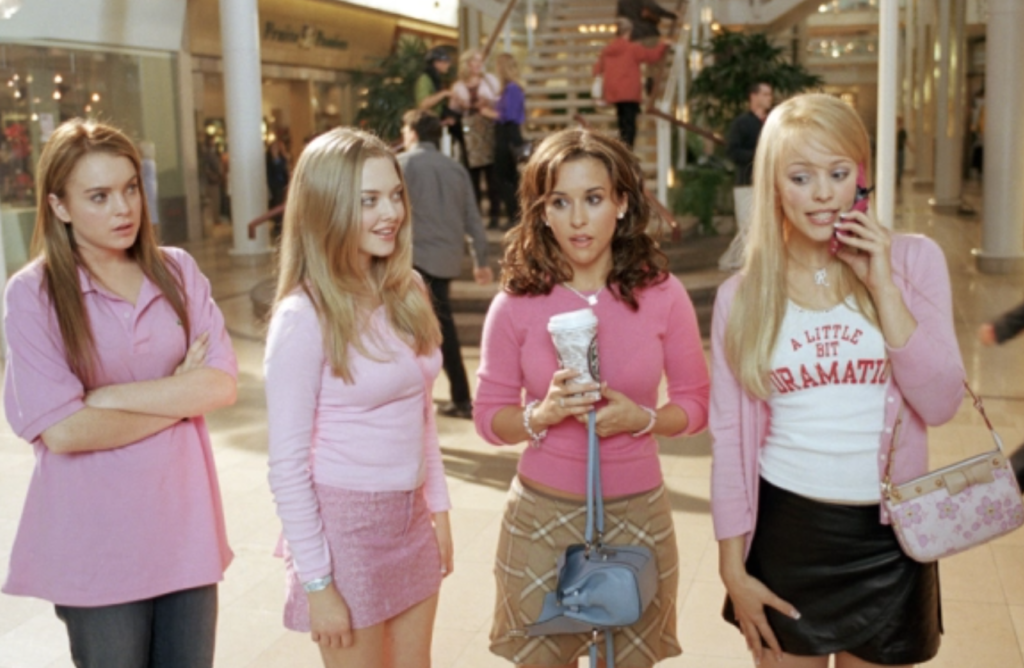
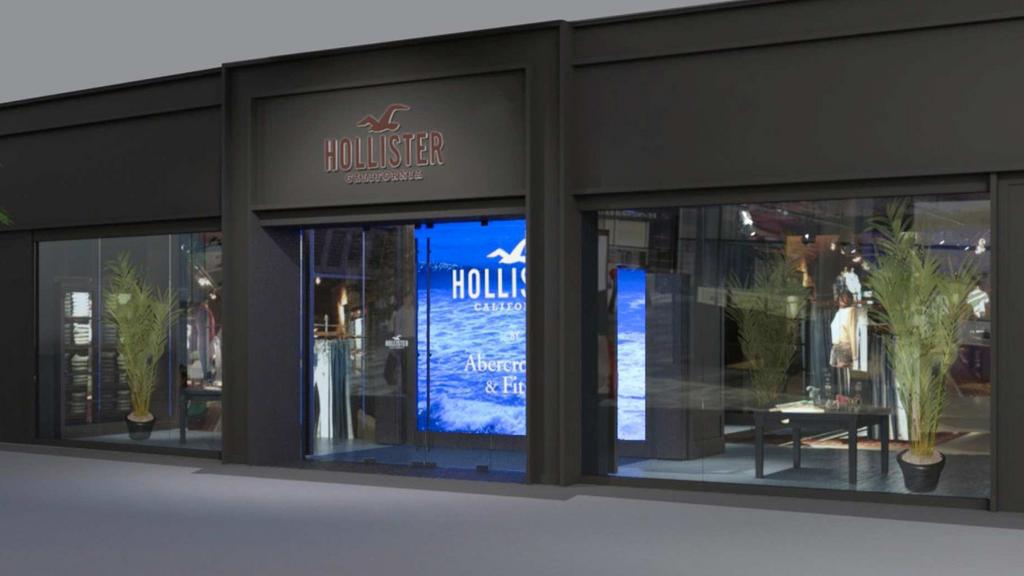
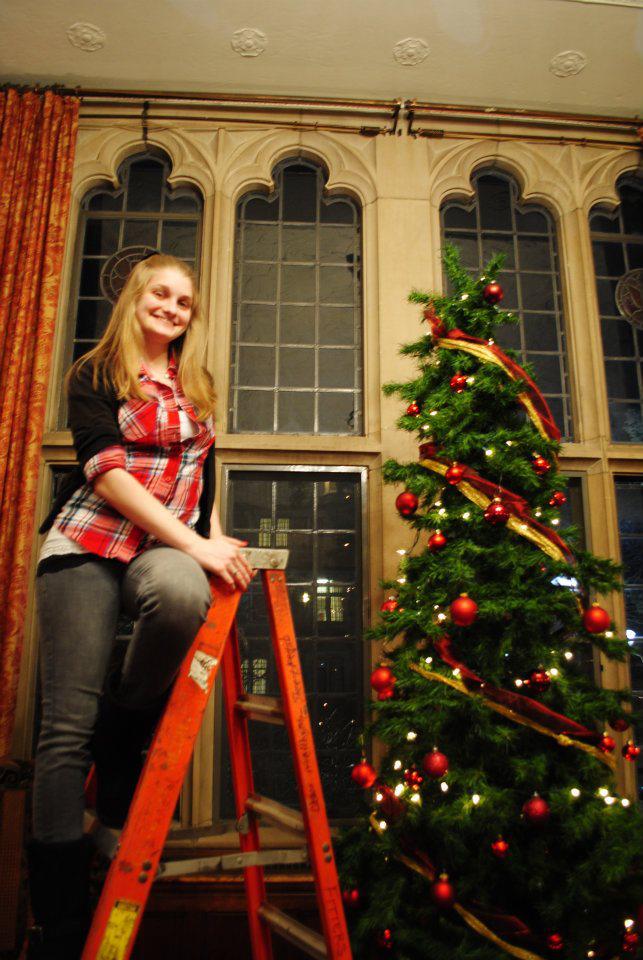
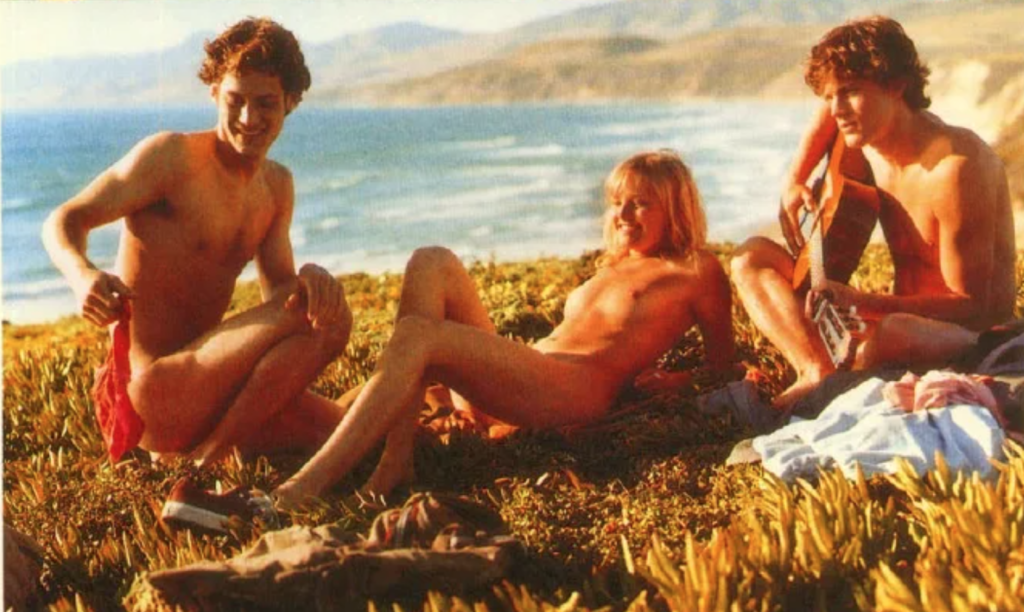
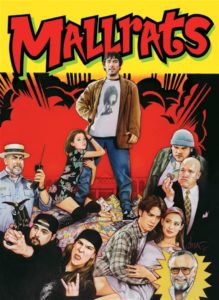







I was way too busy playing D&D to hang out at the mall a lot, but my sister worked there, and the movie theater was there as well. I distinctly remember calling my parents to ask if they’d accept a collect call from Themoviesdonepleasecomepickusup, and the Bulk Foods opening up right next to it, with their candy bins pointed strategically at the cinema entrance.
@monicamarveloux @chrismaverick The malls in my town were just a bit too far out to be hang-out spots,… https://t.co/da3L2YaKpw